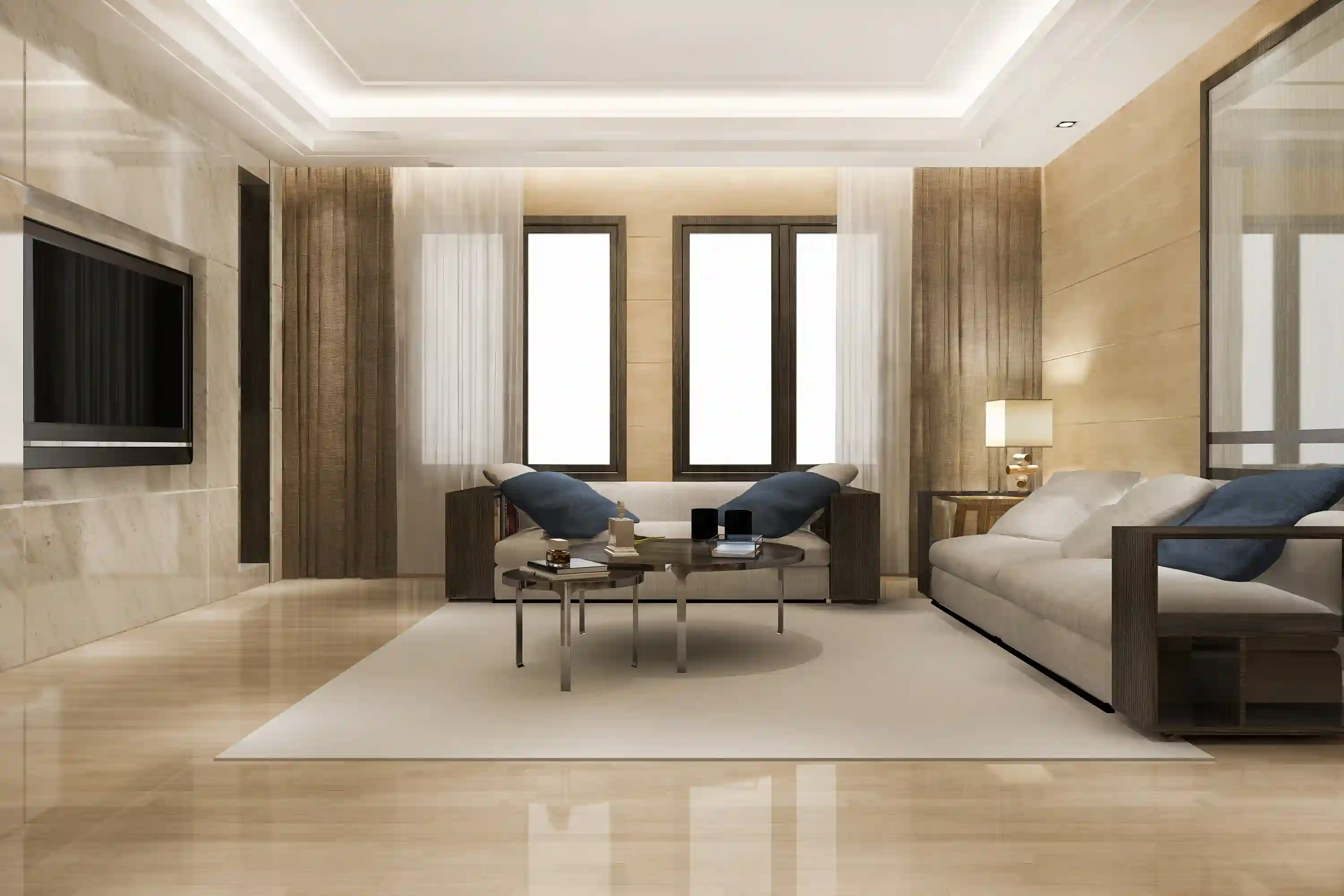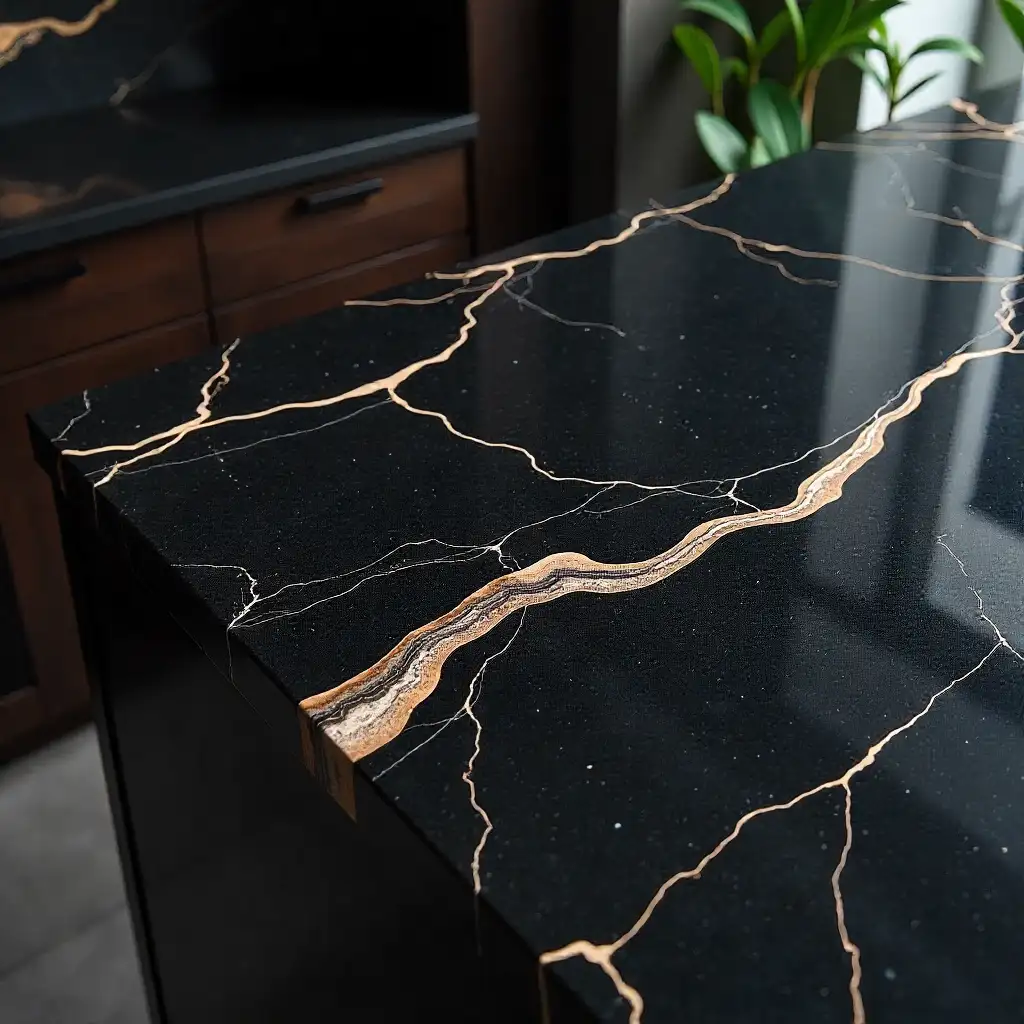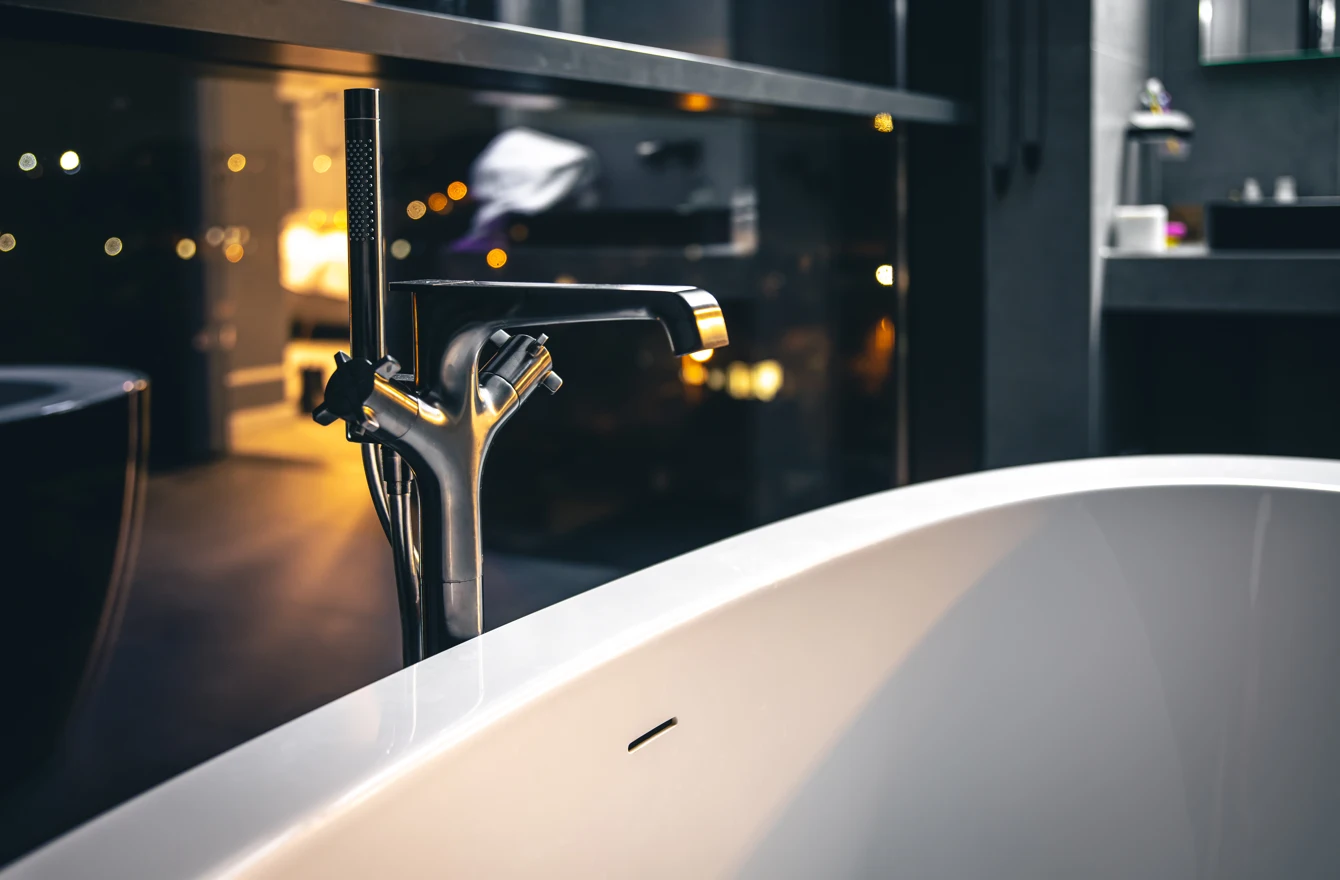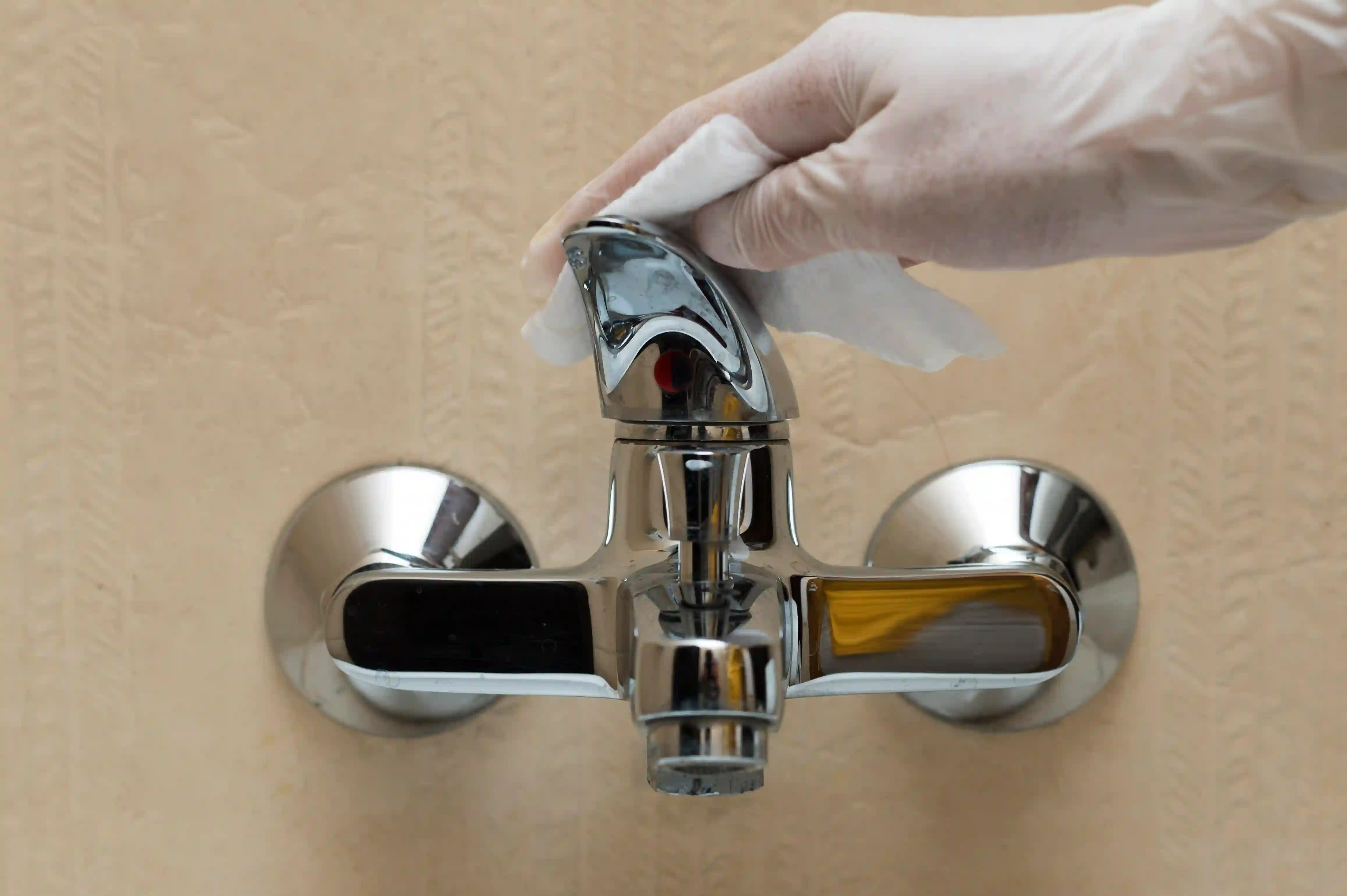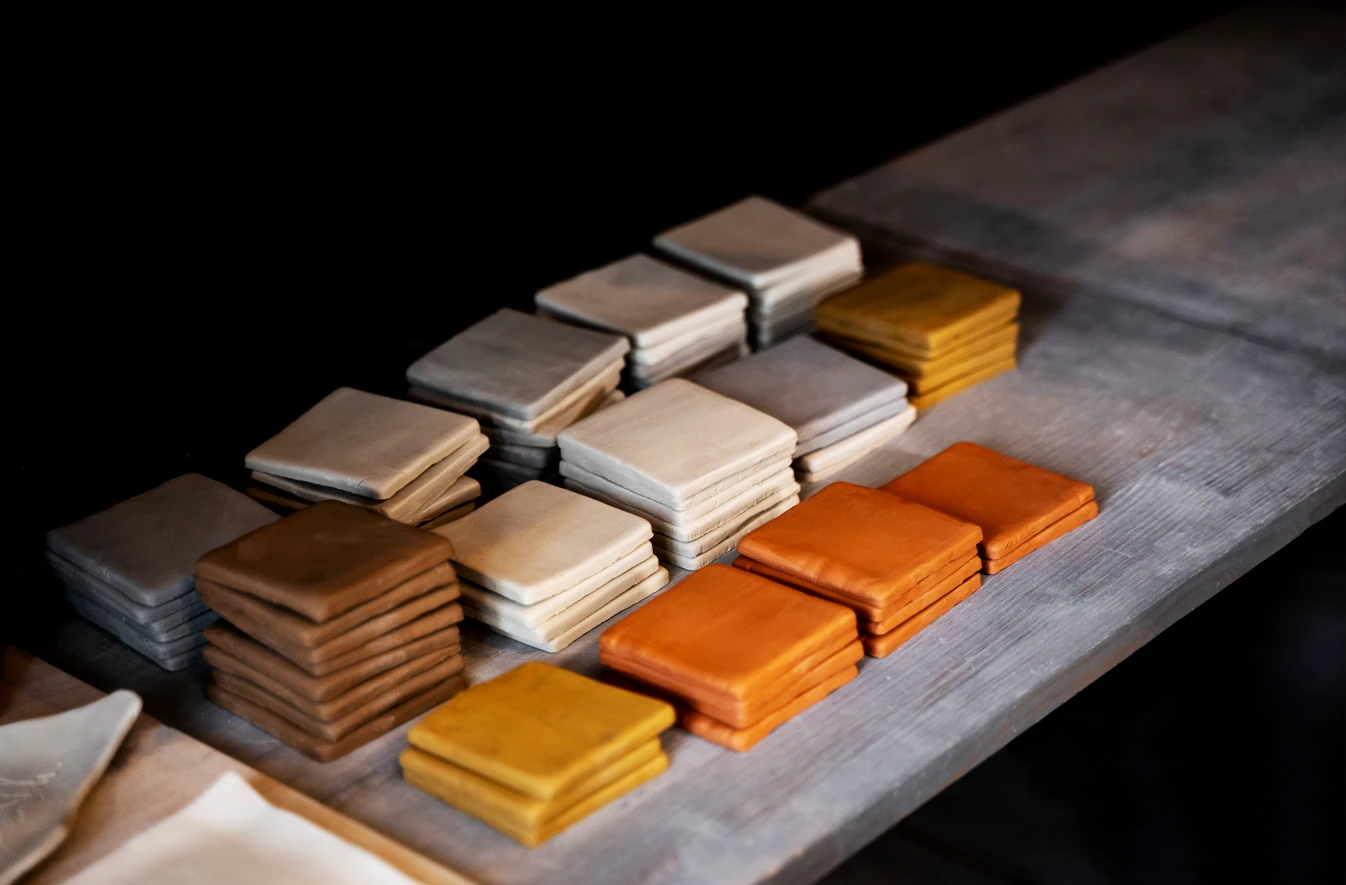
Benefits of Specific Tile Types: Why Vitrified Tiles are the Best Choice for Kerala's Humid Climate
Floors aren’t something we think about every day, but they’re one of the first things that start showing problems if the wrong material is used. Especially here in Kerala, where the humidity never really gives us a break. That’s where the benefits of specific tile types become important. And honestly, vitrified tiles have turned into the “go-to” choice for a reason. They just last longer and save you from a lot of small but annoying issues that keep popping up with other flooring options.
What Are Vitrified Tiles Anyway?
So, vitrified tiles - what are they? In simple words, they’re tiles baked at crazy high temperatures, made from clay, quartz, and silica. The heating process makes them super tough and gives them a neat, almost glass-like surface. They don’t look rough or patchy, and that’s one of the reasons people love them.
The real highlight though is their low porosity. If you’re wondering what that means, it’s basically their ability to keep water out. Unlike regular ceramic or even natural stone, these tiles barely absorb any moisture. And that’s a lifesaver in humid places like Kerala. By the way, if you want the technical stuff, you can even read more on Wikipedia about vitrified tiles.
Benefits of Specific Tile Types in Humid Homes
Now here’s the thing - humidity is not just uncomfortable, it slowly destroys things. Wooden floors swell, cement floors crack, and natural stones develop ugly damp spots. This is where the benefits of specific tile types like vitrified tiles really stand out.
Because they don’t soak up moisture, they don’t give fungus or mold any chance to grow. If you’ve ever seen black patches on walls or green stains on old stone floors, you know how frustrating that is. With vitrified tiles, you avoid most of that headache. Plus, they’re easy to clean - one quick mop and you’re done.
Why Vitrified Tiles Are the Best Choice for Kerala's Humid Climate
Let’s get to the main point. Kerala’s climate is tropical. It’s hot, sticky, and filled with monsoon rains. So, what kind of floor can actually survive that? Vitrified tiles.
They’re strong. You can drag furniture over them without worrying about scratches. They’re safe. They don’t stay wet and slippery for long after mopping. And they’re practical. You don’t have to waste weekends scrubbing or sealing them. For busy households, that’s a blessing.
Design-wise, they also give you freedom. Whether you’re setting up a modern flat in the city or keeping a more traditional home, vitrified tiles come in so many looks - wood patterns, marble effects, glossy finishes - you’ll find something that works.
Comparing with Other Flooring Materials
It’s always tempting to think natural stone looks richer. And yes, it does look great at first. But maintaining it? That’s another story. It stains easily and needs constant sealing. Cement, on the other hand, feels cheap and rough, and it never really stands up to heavy rain or humidity. Even basic ceramic tiles, while decent, don’t match vitrified tiles in strength or water resistance.
If you ask around, even suppliers offering premium floor tiles in Calicut will tell you vitrified tiles are a safe long-term bet. It’s not hype, it’s experience.
- Other Perks of Vitrified Tiles
- There are a few more reasons why these tiles make life easier:
- Spills don’t stick. Coffee, curry, muddy footprints - wipe and it’s gone.
- They give a uniform look, unlike natural stone that sometimes feels mismatched.
- They’re a one-time investment. Sure, they’re a little costlier upfront, but the savings over the years are worth it.
Conclusion
So, here’s the bottom line - floors should last, and they should make life easier, not harder. In Kerala’s weather, that means choosing something that resists water, doesn’t crack, and still looks nice. Vitrified tiles tick all those boxes.
If you’re serious about building or redoing your home, check out Kurikkal for flooring options that actually work in Kerala’s climate. Don’t just settle for what looks good today - go for something that will stay strong for years.

